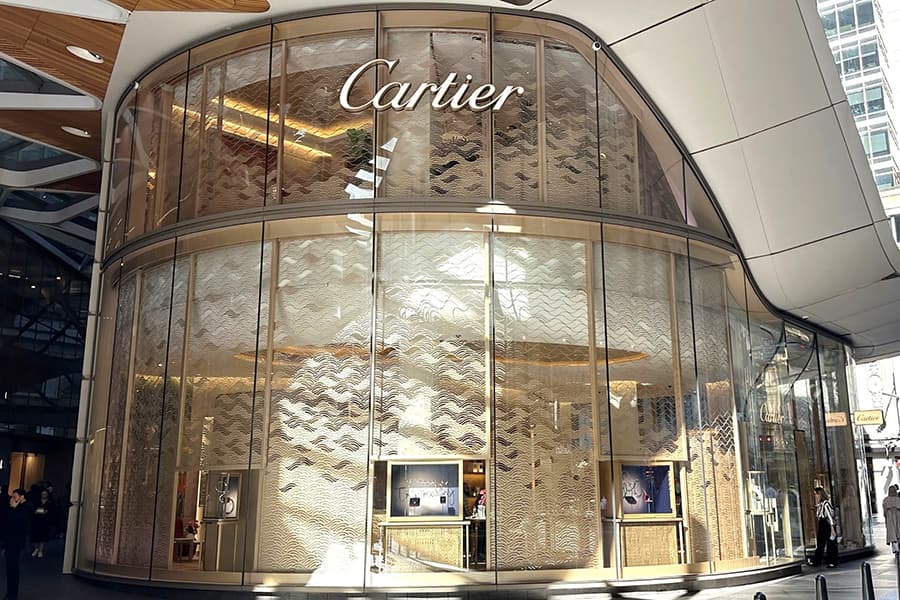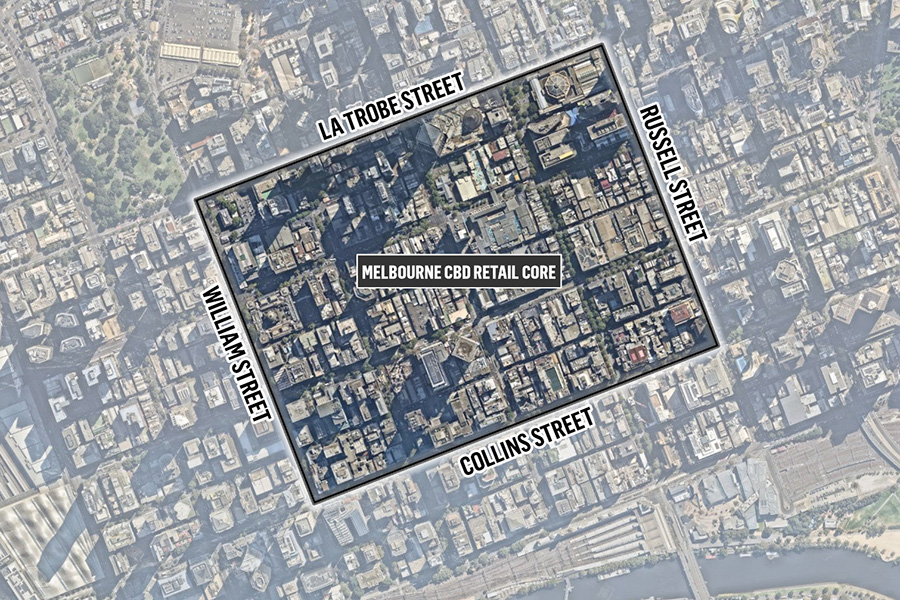Helen Bakewell has spent a career lifetime in Consumer Research, and most of it has related to shopping centre issues. She’s seen changes from times when ‘focus groups’ were leading edge and trade areas were defined by ‘gut feel’. In this article she looks at how research has changed over the years and, more importantly, what today’s researchers want to find out!
I have known Michael Lloyd since I was at university in the 1980s (sorry Michael, that ages both you and me!). My thesis was on shopping centre trends in Newcastle and Lake Macquarie, and Michael, who was at Lend Lease Retail at the time, was my thesis mentor (together we won the University Medal for it).
When researching for my thesis, I went from centre manager to centre manager of all the centres in the areas, asking for their sales reports, which were gladly provided (except for one centre, whose staff were sensitive about their information – I really I couldn’t see what the fuss was all about).
I was also able to go to the Valuer-General’s Office and trawl through decades of paper records to review the rents, turnover and ownership of high-street retail. At this point in time, the analysis of real estate was pretty much isolated to investor returns.
As it happens, I joined Lend Lease Retail in 1993, hoping to become a development manager (still waiting!), and was given the task of acquisition analysis of new shopping centres, economic analysis of markets and this crazy idea around consumer research. How the market has evolved!
During this initial period, across the retail industry economic analysis was still king, in the form of economic reports with a trade area, market share and JHD Averages analysis.
The trade areas were largely derived by gut feel, or an address survey of customers based on a sample of around 300. Back in the day, there were no privacy laws or quality compliance. All results were quantitatively based. I had access to a research manual, at this time, that advised marketing managers to buy a map of the area from the newsagent and pin it to the wall, using the pins to plot the residential locations of competition entries – this was often the job for the assistant marketing manager (lucky ducks). The idea of asking a customer their opinion on an issue was completely foreign, although I do remember working with one colleague who ran his own focus group in centre management (with wine) and then tested his latest marketing campaign with the statement “I am going to show you our fabulous winter fashion campaign and get your opinion!”. The results from the one group would then be used to justify the marketing spend and promotion. (That marketing manager is now in leasing.)
By the mid-1990s, the competitive landscape and development activity had heated up to a level very similar to today, where owners and managers started to look for that competitive edge. Enter Geographic Information Systems (GIS) and Focus Groups.
GIS was really the first approach to big data, where you would be able to geo-code your customer survey data onto a map and derive trade areas based on spend and frequency of visits. This would be integrated with Census and Household Expenditure Data and the Retail Census – unfortunately, this is so last century, as the ABS don’t run it anymore. The analysis was leading edge and powerful, and was used to determine real leasing and marketing strategy opportunity and, more importantly, to hotspot investment opportunity across the country.
It was also the first time focus groups were seriously used. Following the lead from companies like Coca Cola, qualitative research and talking to customers one-on-one was starting to be embraced.
Fast-forward 20 years, and where are we? Firstly, the quality control of research has improved significantly, with the introduction of AMSRS compliance and ISO 20252 standards. Techniques have also evolved, with face-to-face focus groups taking a back seat to conversations with online communities, which provide greater engagement and depth than ever before. With quantitative customer research, telephone surveys are dead and are now replaced with online surveys. Exit surveys have improved in quality in the last decade, and have increased in size from 300 to over 500 or 1000 customers. But the introduction of Quantium data has been a significant outcome. Quantium data – electronic credit and debit card data – now determines the new trade area and real-time purchasing behaviour and, with the latest integration into social media and Mosaic targeting and bespoke profiles, the opportunity to reach customers is greater than ever before.
With WiFi analytics, beacons and all the other data points we are collecting and trying to make sense of, a Data Asset Strategy has never been more important in the retail industry.
It’s so important to move with the times and technology. Research insights are critical when making key business decisions, and to create products that future-proof our success.
I look to the future in less than a year’s time, when AMP Capital Shopping Centres will deliver the $670-million development on the Gold Coast.
All disciplines across the business have adopted economic and qualitative insights to create a customer experience on the Gold Coast which will be quintessentially Gold Coast; the power of consumer insights cannot be overestimated. It’s the little things and big things that count, from tile selections that reflect the colour of the Gold Coast, to retail brand plans that will resonate with locals and the huge tourist potential of the area.
To finish: what do I know, what have I learnt over the years?
Most people like or love to shop, and they love shopping centres. The foot traffic in shopping centres across Australia alone tells us this. Consumers, however, want our centres, our new town squares, our growing community hubs to deliver on three levels: the logical, emotional and egotistical drivers of shopping – the LEE drivers.
The logical drivers are obvious: easy parking, clean toilets, accessible location, great retail mix, easy layout – the list goes on and on.
The emotional drivers are the ones that make a connection at a personal level for the consumer. This may be the local butcher knowing my name, the barista knowing my order or the centre being embedded in the community through social media, activation and placemaking.
Finally, the egotistical drivers talk to the ego. A great example of this is if you are shopping with a friend from out of town, where do you take them? Your choice speaks to your ego-driver as a shopper. If you take them to Newtown, this decision may say you are cool and an on-trend shopper; choosing DFO may indicate you are a savvy bargain hunter, or choosing Macquarie Centre might say you are the ultimate fashionista. I look forward to the coming years in research, with the ever-changing customer conversations and analytical insights and opportunities, and maybe one day I will get to that development manager role (hint hint)…





















